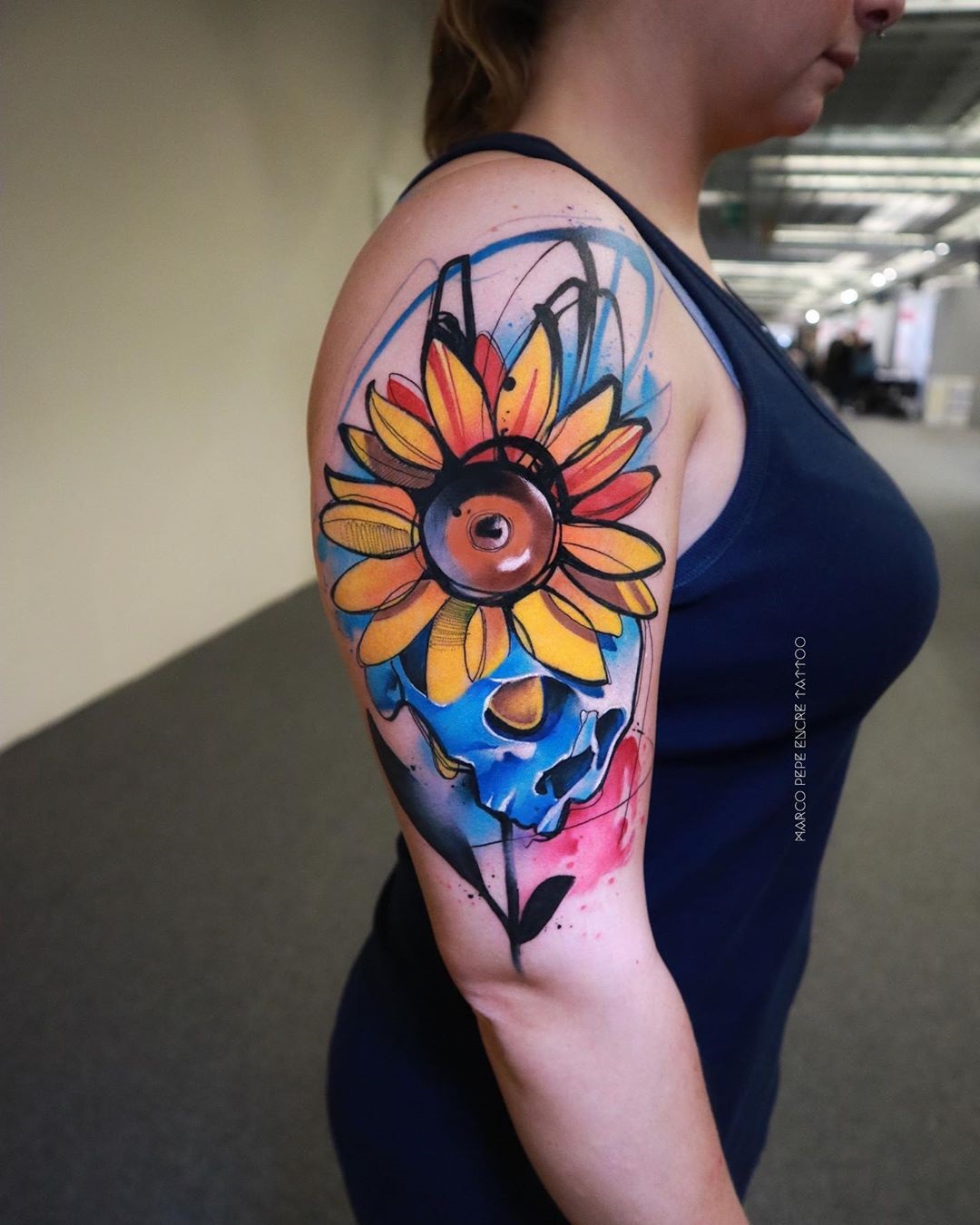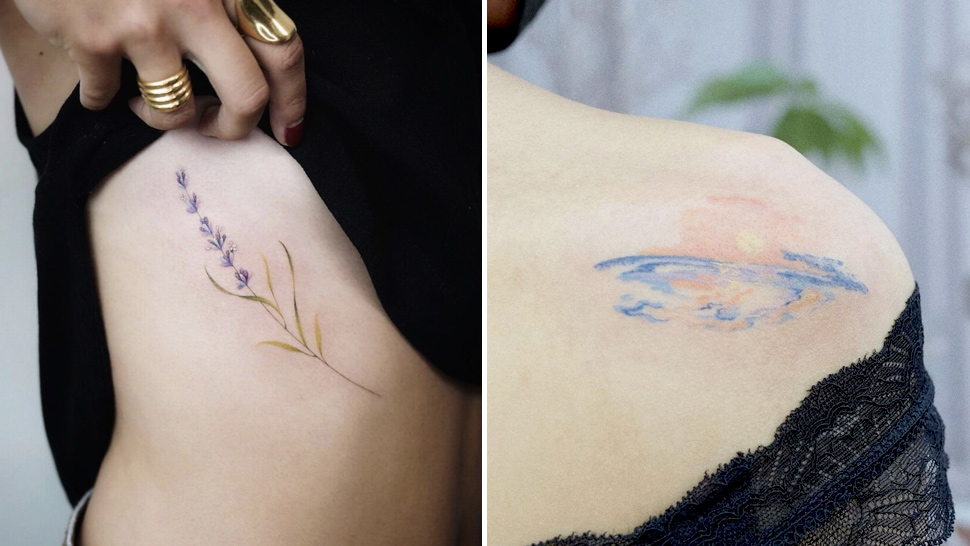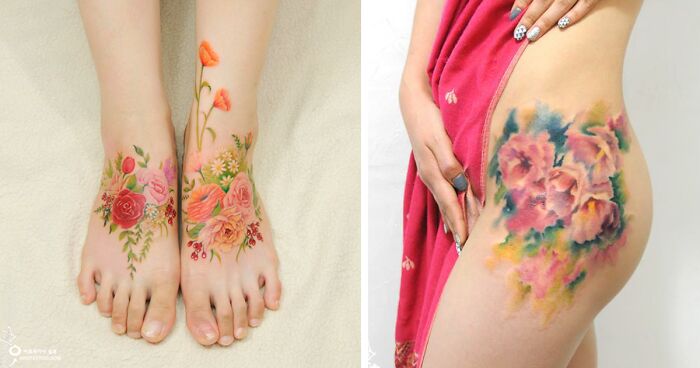
Okay, so you wanna rock a sunflower tattoo, huh?
But you’re thinking, "Can I even get a realistic look with watercolor markers?"
And "How do I stop it from looking like a kid’s drawing?"
I get it.
It’s totally possible, and I’m gonna walk you through how to create a realistic sunflower tattoo using watercolor markers.
Choosing Your Weapon: Watercolor Markers for Tattoos
First, let’s be real.
We’re talking temporary here, not permanent ink.
Watercolor markers are awesome for experimenting before committing to a real tattoo, or just for some cool body art.
But they’re not forever.
- Brand Matters: Tombow Dual Brush Pens, Karin Markers, and Arteza Real Brush Pens are all solid choices.
- Color Palette is Key: You’ll need yellows (duh!), oranges, browns, greens, and maybe even a touch of red for depth. Think about the real shades in a sunflower.
Planning Your Sunflower Tattoo Design
Don’t just jump in!
- Reference Photos are Your Best Friend: Grab some pics of real sunflowers. Pay attention to the petal shapes, the texture of the center, and the way the light hits them.
- Sketch it Out: Practice on paper first! Get a feel for the shapes and the shading.
- Placement is Everything: Where on your body do you want this beauty? Arms, legs, back… consider the size and shape of the sunflower in relation to that area.
Step-by-Step: Creating the Realistic Sunflower Tattoo
Okay, let’s get inky (well, watery inky).
-
Prep Your Skin: Clean and dry skin is a must. Wipe the area with rubbing alcohol to remove any oils or lotions.
-
Outline Lightly: Use a light yellow or a skin-tone marker to create a very faint outline of your sunflower. This is your guide.
-
Petal Power: Start with the base color of the petals – a lighter yellow. Use short, flicking strokes to mimic the natural texture of the petals. Don’t make them perfectly uniform.
-
Adding Depth and Dimension: This is where the magic happens!
- Use darker yellows and oranges at the base of the petals, where they connect to the center.
- Add subtle shadows with a light brown or even a touch of red.
- Blend, blend, blend! Use a water brush or a slightly damp cotton swab to soften the lines and create a watercolor effect.
-
The Center of Attention: The sunflower’s center is usually a mix of dark browns, blacks, and yellows.
- Start with a base layer of brown.
- Add small dots and dashes of darker brown and black to create texture.
- Use a yellow marker to highlight some areas and give it a 3D effect.
-
Leaf it to Me: (See what I did there?) Use shades of green for the leaves. Add darker greens and browns for shadows and lighter greens for highlights.
-
Blending is Your Superpower: Seriously, don’t skip this step! Use a water brush or damp cotton swab to blend all the colors together and create a seamless, realistic look.
Tips for Making Your Sunflower Tattoo Pop
- Layering is Key: Build up the colors gradually. Don’t try to get everything perfect in one go.
- Don’t Be Afraid to Experiment: Try different color combinations and shading techniques.
- Practice Makes Perfect: The more you practice, the better you’ll get.
- Seal the Deal (Optional): A light spritz of hairspray can help set the tattoo and make it last a little longer. But be careful, it can also smudge the colors.
My Little Sunflower Story
I once tried doing a massive sunflower back piece with watercolor markers.
Let’s just say it took hours, and I looked like I’d wrestled a giant highlighter.
But it was a blast, and I learned a ton about blending and layering colors.
Plus, it was a great conversation starter at the beach!
Troubleshooting Your Watercolor Tattoo
- Smudging: Be careful not to rub the tattoo while it’s still wet.
- Fading: Watercolor markers fade over time, especially with washing. Reapply as needed.
- Bleeding: Use a light hand when applying the markers to prevent the colors from bleeding outside the lines.
FAQ: Watercolor Sunflower Tattoo Edition
- How long will my watercolor marker tattoo last? Typically, a few hours to a day, depending on how much you sweat or wash the area.
- Can I use regular markers? No, regular markers won’t blend like watercolor markers and won’t give you the same effect.
- Is it safe? Watercolor markers are generally safe for skin, but always do a patch test on a small area first to check for allergies.
- How do I remove it? Soap and water usually do the trick. You can also use makeup remover wipes.
- Can I make it permanent? No, you need real tattoo ink for that. Watercolor markers are for temporary tattoos only. Consult with a professional tattoo artist about getting a permanent sunflower tattoo.
So there you have it!
Everything you need to know to create a realistic sunflower tattoo using watercolor markers.
Go forth and create some amazing body art!
Remember, practice makes perfect, and have fun experimenting to find your style when you create a realistic sunflower tattoo using watercolor markers.


















